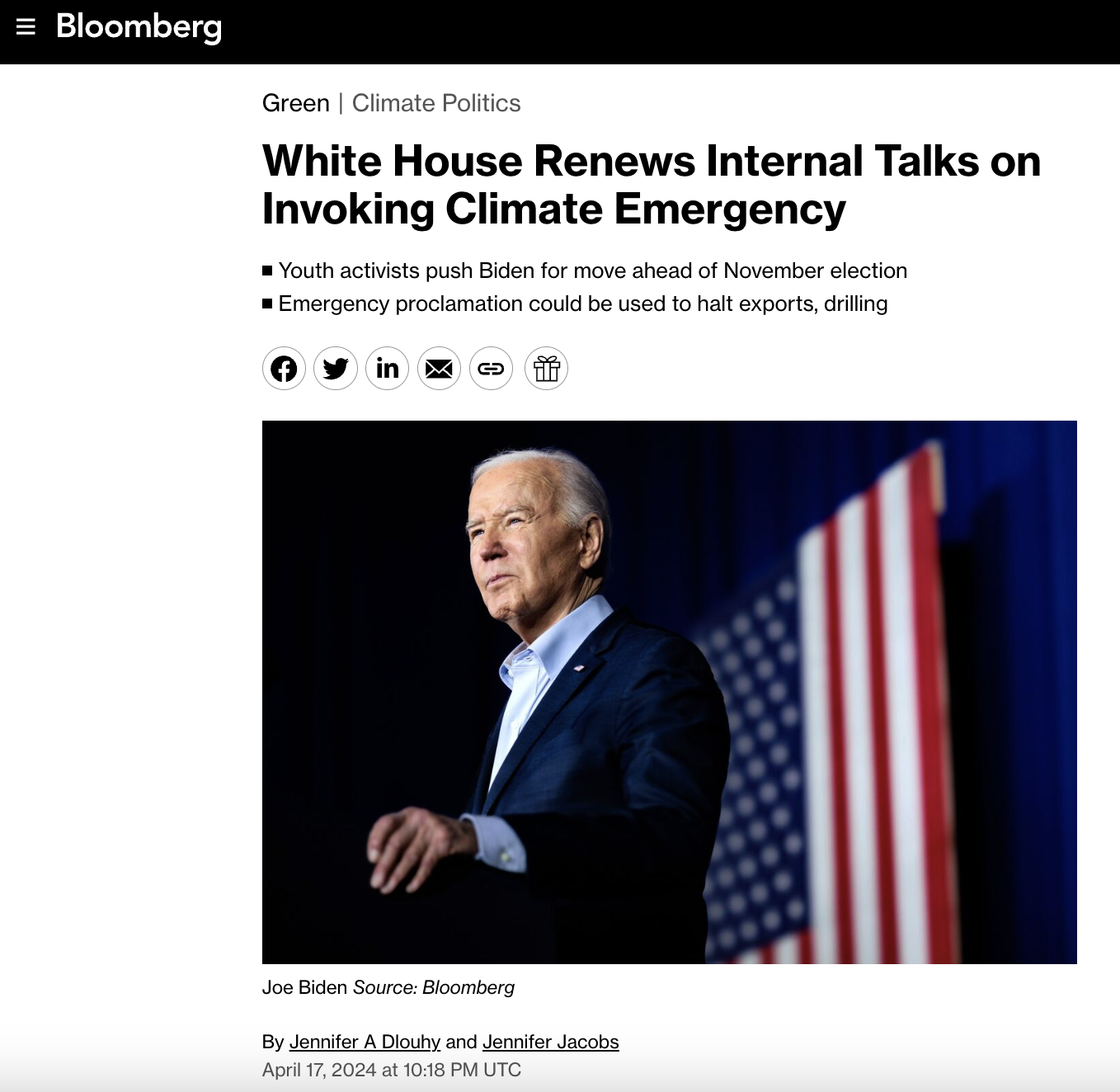By Gita Jackson
In an echo-y Zoom call with four full pages of participants, you can watch dozens of bots read articles about climate change, and click every ad along the way while they’re at it, to support the publication. Synthetic Messenger, a project from artists Tega Brain and Sam Lavigne, is relying on these bots to make climate change news more visible.
On the internet, what news articles one sees is partially dependent on algorithms. In the most basic sense, what you click on when you search for something on a website like Google will increase its visibility in that particular search. This makes sense when you really just want to know how to convert measurements when you’re cooking, something that has a discrete and consistent answer. When it comes to rapidly changing news events, broadly speaking, the algorithmic nature of the internet does not always make the most important news most visible.
Synthetic Messenger is a visual representation of one way of combating that. This project uses bots to interact with news articles about climate change in an attempt to help make those articles more visible. According to the website’s description, every day these bots search for climate change news, and then 100 bots will visit each article and click on every ad. You can also see a list of all the articles that the bots are reading, in case you wanted to visit them too.
“Algorithms are affecting all news,” Brain and Lavigne told Motherboard. “Fossil fuel industry lobbyists and interests have been very successful in circulating misinformation, for example the arson stories in the Australian fires last year that were amplified by bots and trolls.”
Brain and Lavigne also said that algorithms are only one aspect of how legitimate climate change news is diminished in visibility online.
“There is both manipulation of how stories are circulated in a largely automated media environment and also the manipulation of certain conventions in journalism,” they told Motherboard. “The desire to give a ‘balanced view’ on our dire environmental situation has meant that completely false doubt and denial has been given much more airtime than what climate science is saying.”
Brain and Lavigne told Motherboard that the visual aspect of Synthetic Messenger is for the benefit of the visitors to the site. Being in that Zoom call is pretty eerie. As each bot “reads” an article, you can hear a disembodied voice say “click… scroll…” with dozens of voices overlapping each other.
“The bots would be more efficient if they were not in the Zoom call. In fact they don’t need to visualize their activity at all,” Brain and Lavigne said. “We wanted to create an experience for the audience of what these artificial agents are doing! The sound and experience are pretty emergent. We had friends donate recordings of their hands and voices and every time the bots scroll or click they talk.”


